Blog
The travel organization of Montenegro recommends the top 10 places to visit
According to the recommendation of the tourist organization of Montenegro in the top 10 places to visit in Montenegro are: Tara Canyon, Ada Bojana, Canyon Nevidio, Bay of Boka Kotorska, Three major Christian relics, Porto Montenegro, Sipcanik, National Park Skadar Lake (Skadar Lake) , Ostrog Monastery and Prokletije.
Tara Canyon
Part of the river Tara, known as "Tear of Europe" runs through in the National Park "Durmitor".
It springs in the north of the country and is 156 km long. It merges with the river Piva and together they make river Drina, one of the longest and most abundant river in water in the Balkans.
For centuries this strong mountain beauty had carved the limestone it runs through and shaped numerous narrow parts, gigantic obstacles and chasms. This is how a 93 kilometers long canyon was born. It is the second deepest canyon in the world right after the Colorado River canyon. The deepest part of the canyon is 1,300 meters deep. Its banks are steep, covered with forest arising from the coldness and depth of the canyon.
At some points a torrential river becomes calm and peaceful. Rare parts where you can cross the river from one side to the other are called "gazovi" (places where you can step in and walk to the other part). Near Bistrica, bed of the river is so narrow that according to the local people you could jump from one side to the other. This unusual place is called Đavolje lazi (Devil's Bush).
Banks of the river and sides of the canyon are covered in thick vegetation: black pine, black hornbeam, black ash, elm and some linden and at higher altitudes you can find, hornbeam, filed maple, beech, etc. In the highest parts of the canyon above 1,000 meters above sea level there are fir trees and spruce. Black pine forest is particularly valuable including the area called "Crna poda", which is the area of rarely tall and thick trees. The trees are over 50 meters tall and 450 years old.
Today, the canyon attracts tourists looking for adventure and a thrilling and direct contact with nature.
Rafting down almost the entire course of the river will make your adrenaline blow out. Apart from rafting on a rubber boat rafting on a wood raft is also recommended to tourists. Wood raft is made of wood logs and they are run by particularly brave and handy people. Once, this was a major means of transporting wood.
Those who decide to spend several days on the river will remember it for the rest of their lives, especially morning sun in the canyon and nights when the only light you will see is the narrow line of starry sky and swarm of fireflies. Apart from the fascinating Tara canyon, nature lovers will be astonished with Mrtvica or Cijevna canyon in the central part of Montenegro. The bravest ones should not miss the canyon Nevidio - the last conquered canyon in Europe.
Ada Bojana
Away from noisy streets and the flurry of the city, surrounded by pure beauty, adorned with Mediterranean plants, Ada is a place with which visitors usually fall in love at first sight.
The island is a triangular area of 5.4 km2. In the 19 century the Island Ada Bojana was created artificially: on the place of the present island a ship "Merito" got stranded and years of depositing river sediment have sculpted this little paradise on earth. Ada is a famous tourist jewel of Montenegro, a nudist resort with a beautiful sandy beach and specific landscape, skilfully hidden from curious eyes, surrounded by a beautiful river Bojana on two sides and by the cleanest sea water ever on the third side. If you ever dream about having a holiday in the costumes of Adam and Eve, Ada Bojana is definitely the right choice.
Canyon Nevidio
Canyon Nevidio is the place where millions of years ago the mountains of Durmitor and Vojnik crashed into each other. The river Komarnica had cut this canyon deep in the severe rock long time ago. This is the last conquered canyon in Europe. It is located 50 km from Žabljak in the direction towards Šavnik. The name Nevidio (Never Seen) or Nevidbog (Never Seen by God) speaks for itself - it is hardly accessible.
Its cliffs are so close to each other that at some points they prevent the light from getting in. It is one of the biggest climbing challenges in this part of Europe. It was conquered in 1965 for the first time. Before that no one had ever seen in its entirety. There is a huge waterfall – Grabovine a couple hundred meters before the entrance. Mountaineers usually go to conquest it in late summer because water is not high. For this adventure you need full climbing equipment including diving suits.
On the way through the three and a half kilometres long canyon you will come across waterfalls, straits, cascades, white water, narrow channels and a whole gallery of nature-made sculptures. The hardest challenge is the so-called Gate of Kamikazes – section about 80 meters long and in some parts only 25 centimetres wide. Those who decide to take this alpine adventure must know that once you get in and start going down the galleries, cascades and waterfalls you cannot go back - you have to go all the way to the end.
Bay of Boka Kotorska
No matter whether you enter Boka by land or by sea - your experience will the same - Boka will fascinate you! It looks as if the mountains have cracked and let the sea in. This is the southernmost fjord in Europe. The high mountains bend over the thin coastline thus protecting it from the severe climate from the north. That is why Boka is an oasis of Mediterranean vegetation: agave, palm, mimosa, oleander, kiwi, pomegranate, medicinal herbs. When its peaks are covered with snow, the roses bloom in the foothills.
The bay is naturally divided into four smaller parts - Herceg Novi bay, Risan bay, Kotor bay and Tivat bay. The small towns, as treasuries of history, art and beauty, are strung like pearls on its coastline. Kotor is the old coastal and cultural centre. For centuries, it has been a crossroads of commercial roads under the strong influence of Venice. It is protected by mountains with a strong defense structure built during the time of Byzantine Empire. Dobrota is a small town in which numerous palaces of former sailors and shipowners are still preserved. Perast is the homeland of many world-known sailors and a town whose destiny has always been related to the sea.
By its lifestyle, it resembled Venice with which it had very lively trade and cultural links. There are a lot of remains of the old aristocratic palaces that now bear witness to its ancient splendor and richness. In one of them, the Bujevic's palace, the Town Museum is located. There is a very interesting historical story saying that the Russian soldiers used to come in Perast to learn sailing skills and that it was known as a cradle of the Russian fleet. There are two islets around Perast town – Gospa od Skrpjela(Lady of Skrpljel) and St Gorge, both unique tourist attractions.
Risan is famous for the remnants of the classical culture. The remains of a Roman patrician's villa with mosaic floors as beautiful as those made in Roman period can be found here. Herceg Novi is a town situated at the end of the bay. Its appearance is an illustration of its turbulent history. The town is a fine combination of romantic, Byzantine and oriental styles interweaved in the Mediterranean appearance of this town.
Today, Herceg Novi is the town of flowers with all its windows faced toward the sun and the sea. It is one of the warmest towns on the Adriatic coast. One should visit the City Museum and the Archives, the Modern Arts Gallery, and the Old town with Tower clock.
Three major Christian relicts
The Cetinje Monastery keeps the following relicts:the Right Hand of St. John the Baptist (the hand that baptized Jesus Christ) and particles of the Holy Cross (the cross on which Jesus Christ was crucified); also, the icon of Our Lady of Philermos is kept in the Blue Chapel in the building of the Government House.
Three great Christian relics have gone a long way to reach the historic town of Cetinje. From Jerusalem via Constantinople they came to the Knights of the Holy Crusades of St. John the Baptist who seized them in one of their battles. First they were kept in Rhodes, and then from the mid 16th century they were kept in Malta. This is why the Knights of the Order of St. John were later called the Order of Malta. During the Napoleonic Wars, general of the Order of Malta gave the relics to the Russian Czar Paul I Romanov in 1799 to take care of them. Relics were kept in the court of the Romanovs in St. Petersburg until the revolution in 1918 when Maria Fedorovna, mother of Emperor Nicholas II, brought them to Copenhagen.
At the end of her life, she gave them to the Russian patriarch Antonio Hrapovicky who brought the relics through Berlin to Belgrade. Then, he gave them to King Aleksandar Karađordjević as a sign of gratitude of the Russian people and the Russian church for receiving a large number of refugees from Russia. The relics were kept in the royal palace in Belgrade until 1941 which is when King Peter II together with Patriarch Gavrilo Dožić handed them to the Ostrog monastery to be taken care of. The relics were transferred from Ostrog in 1952 to the State Treasury. Then, the Right Hand of St. John the Baptist and particles of the Holy Cross were handed to the Metropolitan of Montenegro and the Littoral, Daniel Dajković and were transferred to the Cetinje Monastery and icon of the Holy Mother Philermos was transferred to the National Museum in Cetinje in 1978 where it is kept until the present date.
These relics are among the most famous Christian relics. They are in golden frames, decorated with diamonds, rubies and sapphires.
Porto Montenegro
Porto Montenegro is the project of construction of a settlement around the marina and home port for yachts, with great perspective designed to meet sophisticated needs of all yachts, their owners, guests and crew, with additional infrastructure for the largest yachts. The main investor of the project is a Canadian businessman Peter Munk, founder of Barrick Gold Corporation. Other investors are: Lord Jacob Rothschild, Nathaniel Rothschild, Bernard Arnault, Sandor Demjan and Anthony Munk.
Porto Montenegro is being built on the place of the former Austro-Hungarian Naval arsenal that is Naval-Repair Institute in Tivat, founded in 1889 in a sheltered Boka Bay which is under the protection of UNESCO and is the deepest natural harbor on the Mediterranean. The total project includes construction of 630 berths for yachts of all sizes, of which 130 will be for yachts whose lengths exceed 30 meters. Current capacity of the marina is 185 berths with the accompanying infrastructure: water supply, electricity supply, wireless internet. There is also a 24-hour physical protection of marina as well as the Yacht Assist team responsible for providing various types of services and information to the marina users, from solving the problem of little breaks to organizing trips. In summer 2010 Porto Montenegro acquired the status of border crossings and the entire customs procedures can be completed at the marina. Apart from the facilitated customs procedures, the marine clients have access to fuel supply which is exempt from all duties.
The settlement which is situated on 24 acres in the coastal zone includes the promenade and exclusive apartments on the coast, hotels, cafes and restaurants. The first three residential complexes - Teuta, Zeta and Ozana with 75 residential units and 2,500 square meters of office premises have been completed. By the end of this year the fourth residential complex Milena will be completed, while the fifth building - Tara will be delivered to its owners in summer 2012. In Porto Montenegro except for numerous boutiques, nautical equipment shops, brokerage agencies, beauty and hairdressing salon and furniture shops there are recreational facilities: sports club with gym, Pilates and yoga studio, tennis and squash courts, bowling ... The offer is enriched with Porto Montenegro Yachting Club, which organizes regattas, rowing classes, motor boats races, wooden boat-making classes and other social events.
In September 2010 the London Knightsbridge International School admitted its first students and it operates as a top educational institution within Porto Montenegro. In July 2011 a long-awaited Collection of Maritime Heritage was open which consists of numerous exhibits representing the history of the Naval – Repair Institute and Tivat. In the vicinity of Porto modern facilities for reparation and maintenance of yachts and golf courses are planned to be built.
Šipčanik
The Šipčanik Wine Cellar was opened in late 2007. It is placed in the hearth of the largest vineyard in a single complex in the entire Europe, spanning across 2,310 hectares with 11 million grapevines of both local and world famous varieties. The cellar is placed at an average depth of over 30 meters.
It has the shape of a tunnel, 356 meters long, with an average width of 13.5 meters, 7 meters high. The air temperature ranges between 17 and 19 degrees, with 70-80% humidity. Wine is kept and ageing in this cellar across nearly 7,000 square meters, in almost ideal and fully natural conditions in terms of climate and technology.
Two million litres of wine age and mature in wooden barrels and bottles. The cellar includes a wine shop with 28,000 bottles of wines up to ten years old, a tasting room of 200 square meters and a specialized shop. The tasting room is 50 seats in capacity and fully equipped with regard to technology (microphones, PA system, 2 LCDs, a projector, a screen, a laptop), thus being an ideal venue for meetings, seminars and conferences. In addition to conferences, seminars and presentations, it is also possible to organise buffet cocktails in the cellar for up to 700 persons, waiter service inclusive for the duration of the cocktail.
National Park Skadar Lake (Skadarsko jezero)
With the area ranging from 370 to 530 square kilometers, depending on the water level, Skadar Lake is the biggest lake in the Balkans. Due to its geographic position and sub Mediterranean climate, it is one of the most important habitats of swamp birds in Europe, right after the river Danube delta. There are around 280 bird species on the lake, including the rare curly pelican, which became a trademark of the National Park.
Throughout the history this region was a confluence of different civilization, which left a strong impact on its rich cultural and historical heritage. On the islands in the Skadar Lake, among birds and water-lilies many monasteries can be found. The oldest monastery- Starčevo, was founded in the XIV century by the humble ascetic, old man Makarije, after whom the island was named Starčeva gorica. On the shores of the lake there are two small towns–old urban settlements, with specific architecture – Virpazar and Rijeka Crnojevića. Both settlements are nowadays famous for its restaurants that offer traditional specialties.
Southern hinterland of the lake (Crmnica) is famous for the best vine in Montenegro. Together with the lake carp, this will satisfy even the most demanding lovers of good food and drinks. The lake has numerous extraordinary beaches, particularly those in the village Murići, not less attractive than beaches on the coast...
Ostrog Monastery
This monastery is located in the vicinity of Nikšić, built in the steep rock overlooking the Bjelopavlicka Plain. This monastery is the most famous pilgrimage site in Montenegro. It was founded by the Herzeg Archbishop Vasilije in the 17th century. He was buried here and canonised as a miracle-performing saint.
His body rests in the cell of the cave church. The monastery was reconstructed in 1923-1926 following a fire which spared the small cave churches. These churches are the main attractions of this monument. The Church of the Entrance of the Holy Mother of God was painted with frescoes at the end of the 17th century. The Church of the Holy Cross is located in the upper monastery level and it was painted by the master Radul who adjusted the frescoes to the natural shape of the rocks. The church is surrounded by konaks and they both represent a structure which is in harmony with its natural ambience.
The Orthodox monastery of Ostrog is one of the most visited monasteries in the Balkans. It is visited by believers from all over the world, individually or in groups. It is a confluence of all three confessions: Orthodox, Catholic and Muslim, as it is believed that the relics of St. Vasilije of Ostrog are miraculous. According to pilgrims' testimonials, praying in front of these relics has helped them cure or lessen their life's troubles.
Prokletije
When you step on Prokletije the doors of an astonishing ecological treasury will immediately open in front of you. If you want to get rid or consumer mania and you have enough adventure some spirit for a close encounter - Prokletije mountains are what you have been dreaming of.
The mountain range Prokletije, unlike the Dinarides, takes another direction, and in some way they are a barrier to the coastal mountains. They rise in the direction Southwest – Northeast starting from a margin of the Skadar-Zeta plain ending up with the complex of highest massifs of Bogicevica all the way to the passes of Čakor and Rugova, about 70 km long, where the highest mountain peaks rise.
This powerful complex of high mountains continues in geological and morphological sense to the North with a series of high mountain ranges such as Nedžinat (2,341 m), Čakor (2,046 m), Mokra planina (1,932 m), Haila (2403 m) and Mokra gora (2,154 m).
The highest mountain peak of the mountain range Prokletije is Zla Kolata – 2,536 m.
Source: TO Montenegro
Photos: TO Montenegro
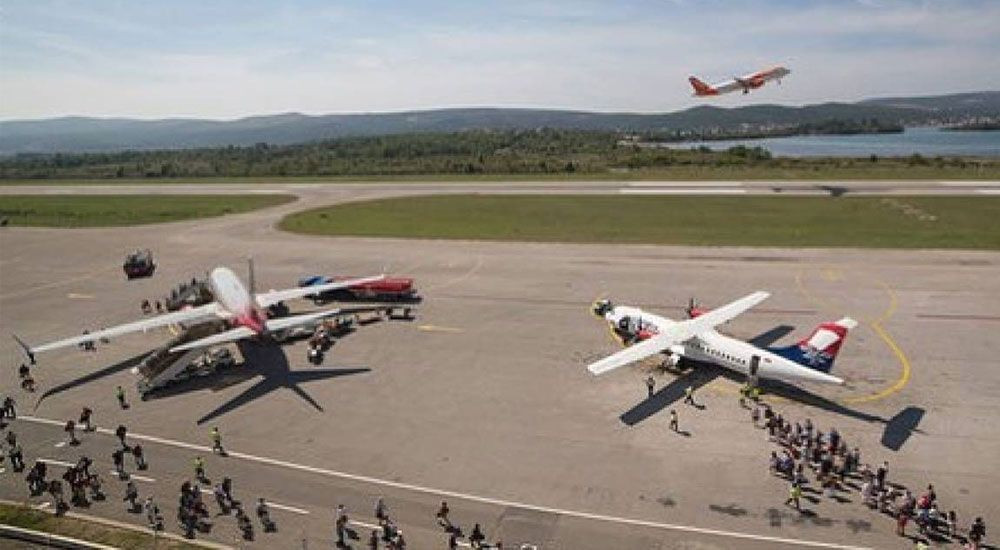
2022 Summer season Montenegro flights - Blog
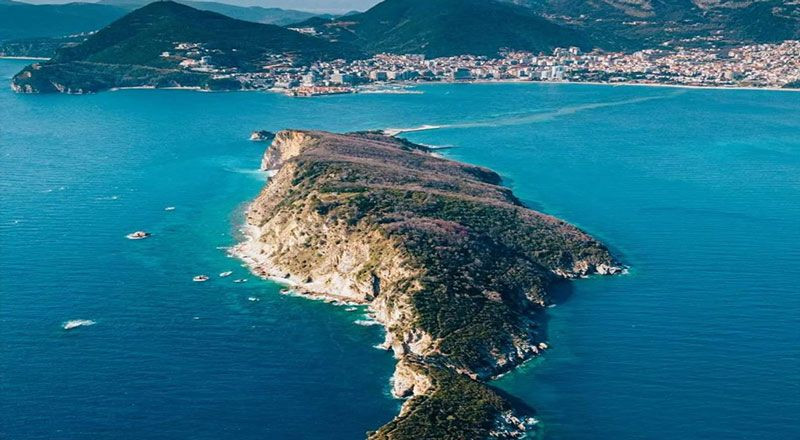
Local walkers: Walk around the island with the most beautiful beaches in Europe - Blog

Coworking spaces for digital nomads - Blog
When you subscribe to the blog, we will send you an e-mail when there are new updates on the site so you wouldn't miss them.
About us
Our mission is to make it easier for digital nomads to come and work in Montenegro by directing them to the right places and helping them adjust to life in Montenegro.
Informations
Travel information
Digital nomad news
Coworking spaces
Accommodations
Places to visits


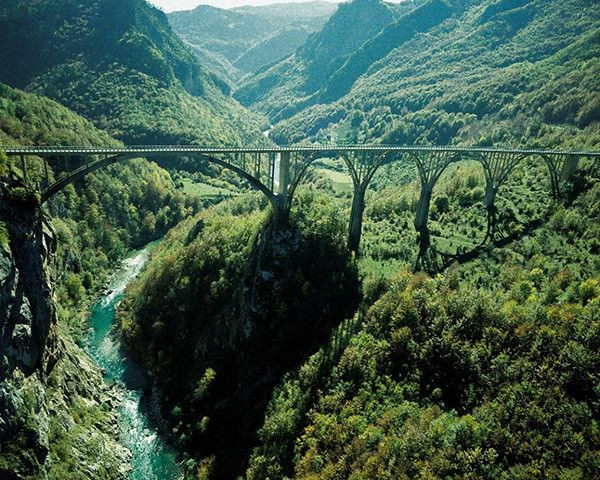


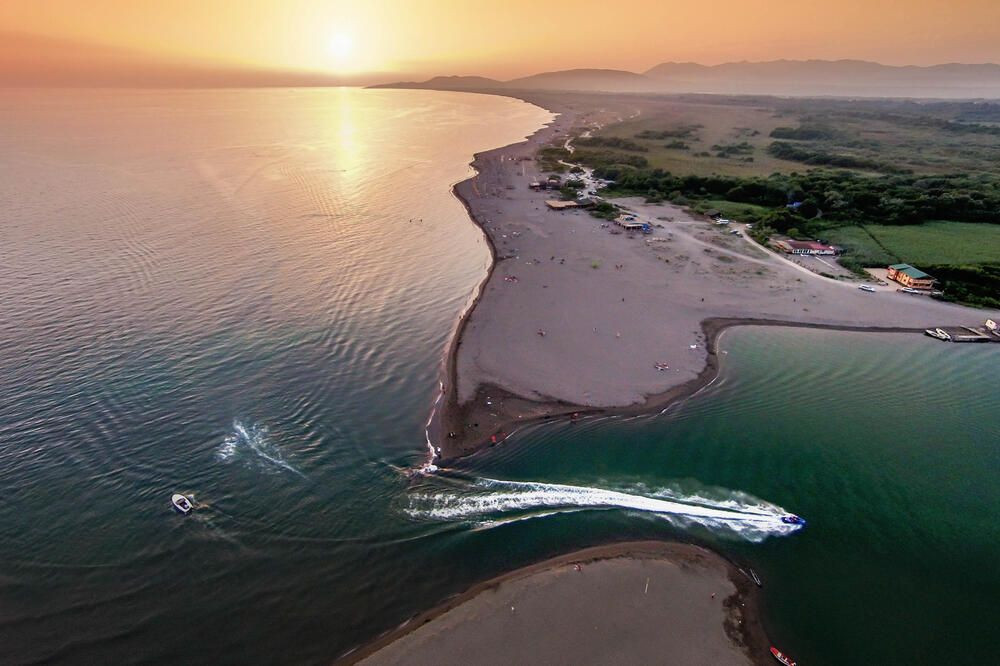
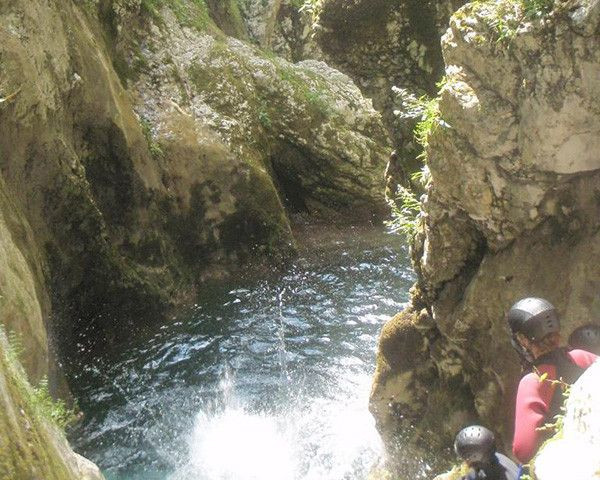


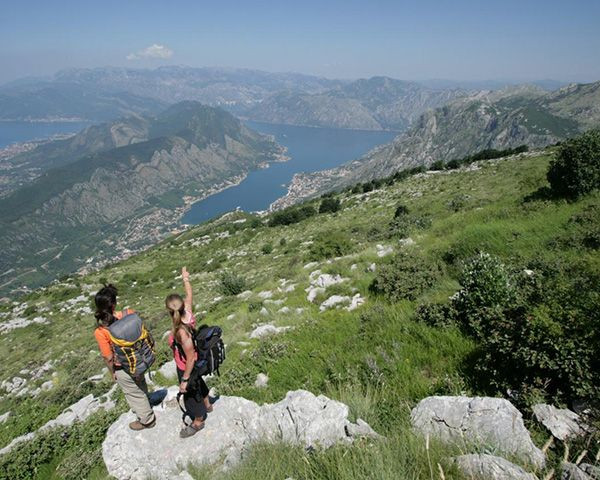


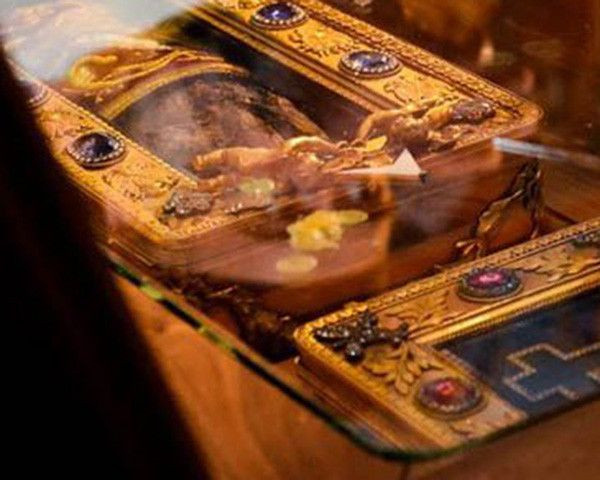

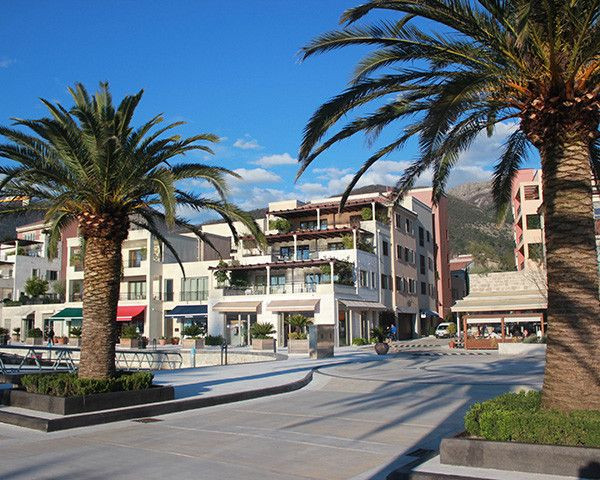
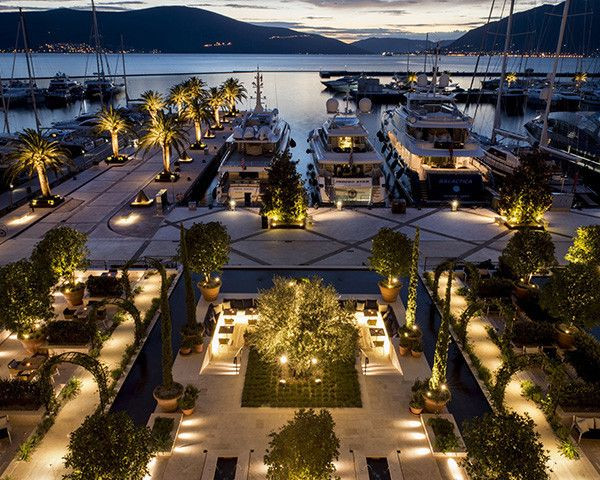

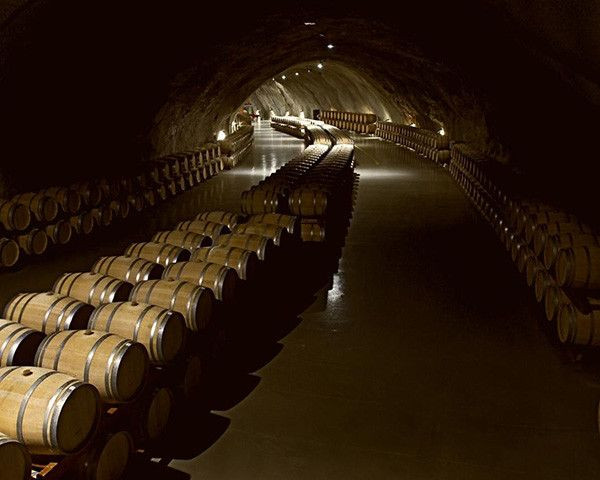
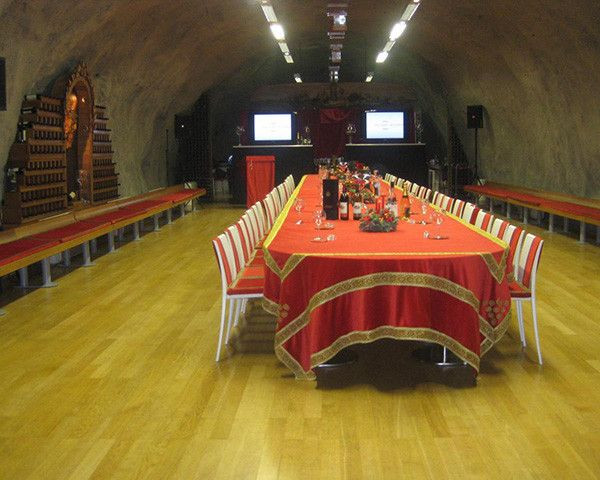



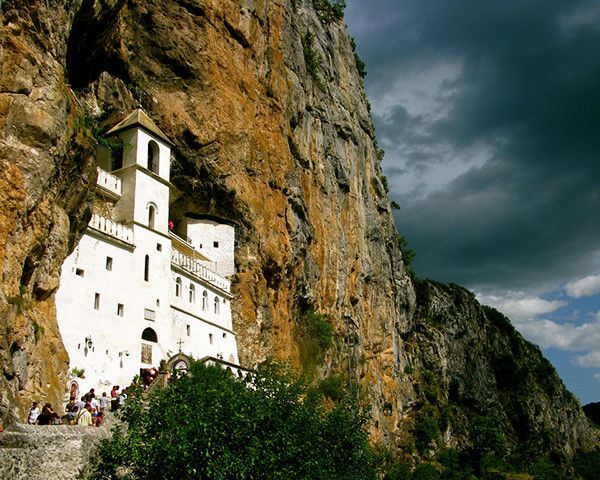

Comments